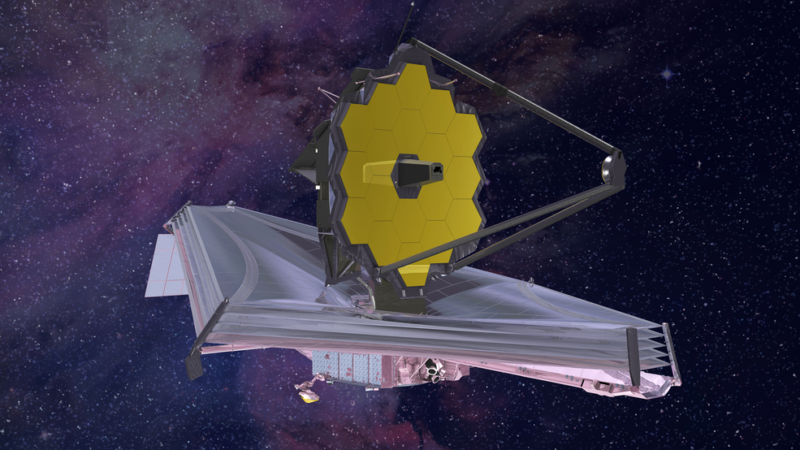[ad_1]

Enlarge / The James Webb Space Telescope continues to deliver on its promises on discovering early galaxies. (credit: NASA)
Data from the Webb Space Telescope has only gotten into the hands of astronomers over the last few weeks, but they’ve been waiting for years for this, and apparently had analyses set to go. The result has been something like a race back in time, as new discoveries find objects that formed ever closer to the Big Bang that produced our Universe. Last week, one of these searches turned up a galaxy that was present less than 400 million years after the Big Bang. This week, a new analysis has picked out a galaxy as it appeared only 233 million years after the Universe popped into existence.
The discovery is a happy byproduct of work that was designed to answer a more general question: How many galaxies should we expect to see at different time points after the Big Bang?
Back in time
As we mentioned last week, the early Universe was opaque to light at any wavelengths that carry more energy than is needed to ionize hydrogen. That energy is in the UV portion of the spectrum, but the red shift caused by 13 billion years of an expanding Universe has shifted that cutoff point into the infrared portion of the spectrum. To find galaxies from this time, we have to look for objects that aren’t visible at shorter infrared wavelengths (meaning that light was once above the hydrogen cutoff), but do appear at lower-energy wavelengths.
Read 10 remaining paragraphs | Comments
[ad_2]
Source link
